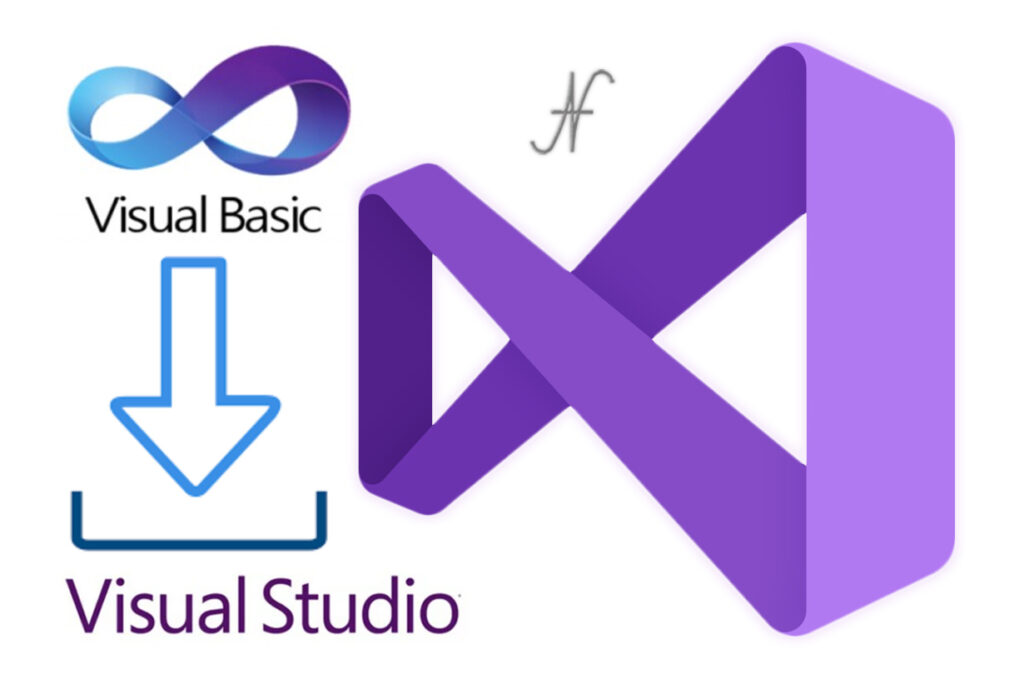
Free eBooks for Beginners
When it comes to programming, one of the most important tasks is to read and write data to files. This is known as file handling and it is a fundamental concept that every programmer should understand. In this article, we will discuss file handling in Visual Basic .NET (VB.NET), a popular programming language that allows developers to create a wide range of applications.
File handling in VB.NET involves reading data from a file, writing data to a file, or both. To read data from a file, you need to open the file and read its contents. To write data to a file, you need to open the file, write the data, and close the file.
To open a file, you use the FileOpen() function. This function takes two arguments: the name of the file and the mode in which the file should be opened. The mode can be one of several options such as Read, Write, or Append.
Once the file is open, you can read or write data to it. To read data from a file, you can use the Input() or LineInput() function. These functions read data from the file one line at a time. To write data to a file, you can use the Print() or Write() function. These functions write data to the file one line at a time.
When you are done working with a file, it is important to close it. This ensures that any changes you made to the file are saved and that the file is no longer locked. To close a file, you use the FileClose() function.
Another important aspect of file handling is error handling. This is the process of anticipating and handling errors that may occur while working with files. For example, if a user tries to open a file that does not exist, an error will occur. To handle this error, you can use the On Error statement. This statement allows you to specify what should happen if an error occurs.
It’s also possible to create a new file using VB.NET, you can use the File.Create() function. This function creates a new file with the specified name and returns a FileStream object, which you can use to write data to the file.
In conclusion, file handling is a fundamental concept in programming that allows you to read and write data to files. VB.NET provides a number of functions and statements that make it easy to work with files. Understanding the basics of file handling is important for every programmer, as it allows you to automate tasks such as reading and writing data to files, and makes it easy to store and retrieve data. As a beginner, it’s important to practice working with files and error handling in order to improve your coding skills.
Cookbook – VisualBasic.NET for Beginners – Chapter 13 : File Handling
 Loading...
Loading...
Disclaimer: The information and code presented within this recipe/tutorial is only for educational and coaching purposes for beginners and developers. Anyone can practice and apply the recipe/tutorial presented here, but the reader is taking full responsibility for his/her actions. The author (content curator) of this recipe (code / program) has made every effort to ensure the accuracy of the information was correct at time of publication. The author (content curator) does not assume and hereby disclaims any liability to any party for any loss, damage, or disruption caused by errors or omissions, whether such errors or omissions result from accident, negligence, or any other cause. The information presented here could also be found in public knowledge domains.
Learn by Coding: v-Tutorials on Applied Machine Learning and Data Science for Beginners